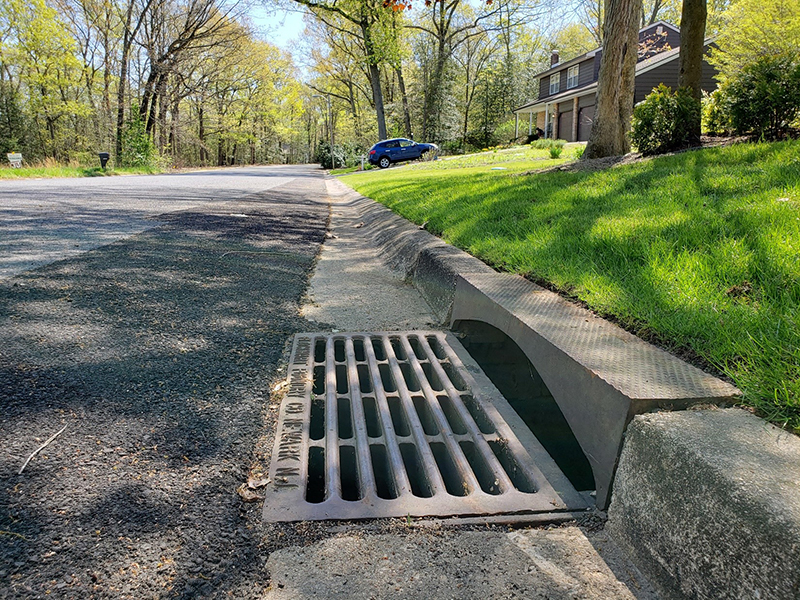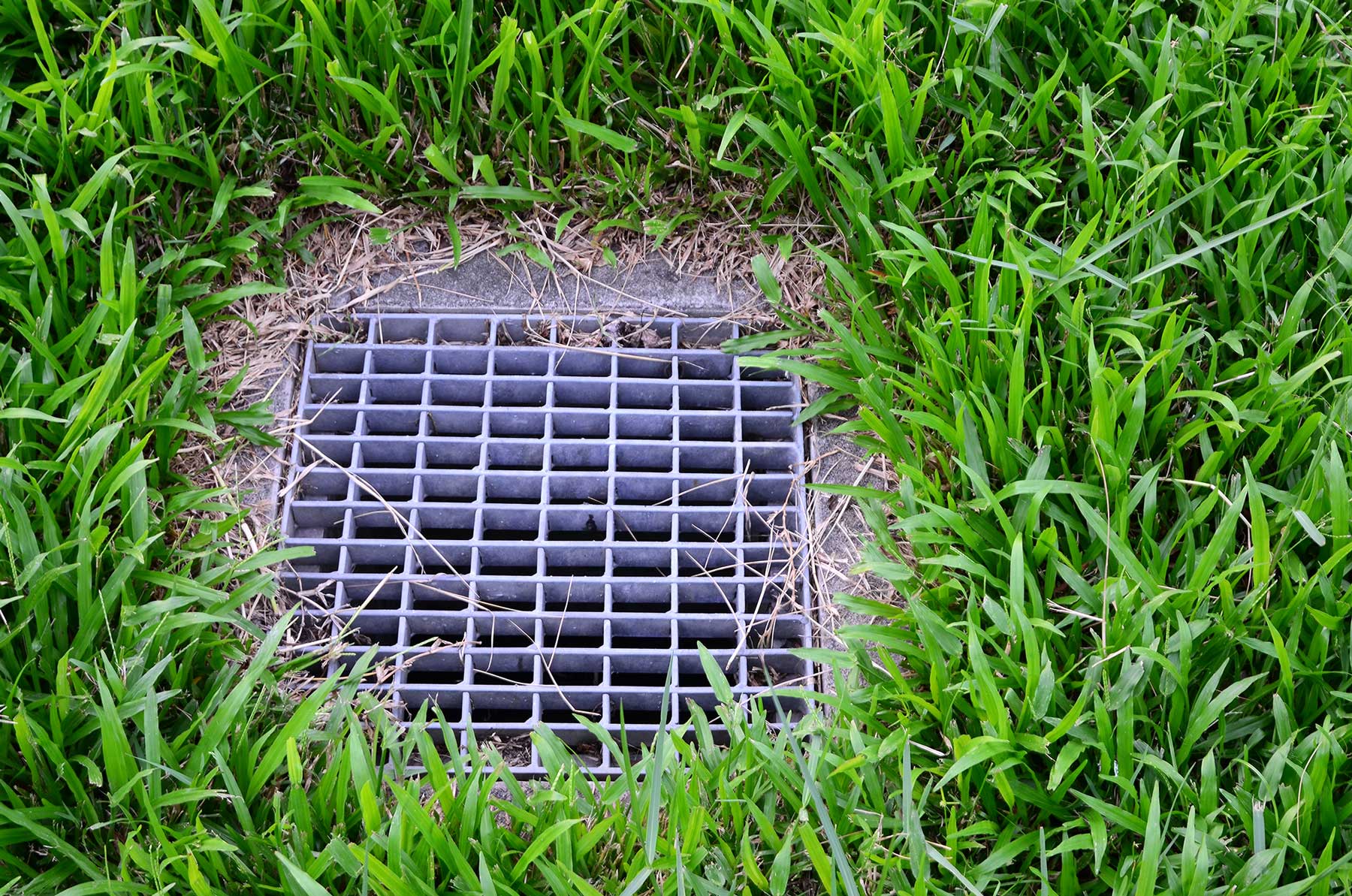Residential Storm Drain Servicesin Addison MI
Residential Storm Drain Solutions to Protect Your Home from Water Damage
We Are Locally Owned & Operated For Over 37 Years
Contact Us Today!
We Serve Businesses In And Around The Following Cities:
About Residential Storm Drain Services
In the bustling city of Addison, the importance of a well-functioning residential storm drain system is paramount. Technological advancements, coupled with a forward-thinking approach to town planning, have transformed this essential infrastructure service across the city. For both residences and commercial properties, understanding storm drainage can redefine the way you manage wastewater and protect your property from potential water damage. This article will provide an in-depth look into residential storm drain systems and its applications. The focus will be on the process, benefits, and practical examples in Addison City, all while subtly referencing the experts in this field: D&J Contracting.
The Residential Storm Drain Process
Storm drains serve an essential purpose in safeguarding a property from water-related damage. With rain and storm water runoff posing significant risks due to changes in weather and urban construction patterns, storm drainage systems have evolved significantly over time. Unlike other structures in the city, each storm drain is designed to handle excess water from specific sources like a home’s driveway, backyard, or basement. Hence, these are often referenced as storm drain for the driveway, storm drain for the yard, and storm drain in the basement, respectively.
On assessing the property’s layout, experts such as D&J Contracting would strategically place drains and pipes to facilitate efficient water drainage. To illustrate, for properties with a sloping driveway, a storm drain at the lowest point would catch and redirect excess water away from the foundation. A storm drain for a yard is designed to handle rainwater, protecting gardens and landscaping. Similarly, a storm drain in the basement would prevent water logging issues, protecting the structural integrity of your premises.
Benefits of a Residential Storm Drain System
Installing a sophisticated storm drain system comes with a range of benefits, from property preservation to safety assurance. Here’s why residential storm drain systems are vital for properties in Addison City:
Regardless of the size, every property produces a significant amount of water runoff due to irrigation or rain. Without an efficient house storm drain, this water can saturate the soil causing instability and potential structural damages. A storm drain efficiently redirects this water away from the property, safeguarding it from water-related risks.
From basements to backyards, an efficient storm drain system eliminates water pooling. Whether it’s a storm drain for the house or a backyard storm drain, it protects the structural elements from potential water damages. In scenarios where the basement acts as a commercial space or a storage area, a basement storm drain becomes an essential part of property management.
In addition, the city of Addison benefits from individual storm drainage systems in residential and commercial properties. By reducing flooding and soil erosion, these systems help maintain the urban infrastructure and landscaping in good condition.
Practical Examples from Addison City
Let’s take a look at how Addison commercial properties have leveraged residential storm drain systems for maximum protection and efficiency. In one instance, a commercial property in the heart of Addison, dealt with regular waterlogging issues in their parking lot. By choosing D&J Contracting to install a comprehensive storm drain in the basement and parking area, not only did they manage to mitigate the problem, but also improved their property’s overall value
In another case, an ageing apartment complex with a vast garden area faced issues with soil erosion and water accumulation. The introduction of a storm drain for the yard transformed the scenario. The property is now known for its well-maintained landscapes, reducing maintenance costs and increasing resident satisfaction.
There are numerous such real-world applications where storm drainage systems have secured commercial properties against potential water damage and enhanced their functionality.
As this article concludes, it’s pivotal to understand the importance of residential storm drain systems, especially for properties situated in an ever-growing city like Addison. From handling stormwater from the driveway to managing excess water in the basement, investing in a residential storm drain system is an intelligent move. Experts like D&J Contracting can guide you through the process, suggesting customized solutions for your property’s specific needs. In the long run, this not only benefits your property but also contributes to a well-planned, ecologically responsible city infrastructure.
Residential Storm Drain Services Gallery


Call Us Today to receive your Free Quote for
Residential Storm Drain in Addison
Serving: Addison, Michigan

About Addison, Michigan
In 1834, three years before Michigan became a state, John Talbot settled along a winding creek in a vast forest, dotted with clear blue lakes and occupied by the Potawatomi. With the raising of a simple grist mill along Bean Creek around December 1835, Addison’s history was started, operating under the settlement name “Manetue.”
Having failed to secure a spot along the river that provided enough water power to run his mill, Talbot dismantled the settlement and moved to the present location of Addison, and by the fall of 1836, milling operations restarted. The town was renamed “Peru” by 1838, and over the next generation would be given several other monikers before the final name of Addison was entered onto plat maps in 1851. Addison J. Comstock, a banker from Adrian, Michigan, purchased a sizable plat of the pioneer town and changed the identity to reflect this acquisition. The village itself was incorporated as such in 1893.
The village grew sufficiently to attract the railroad in 1883, an event which contributed to a sudden expansion of the local economy. Businesses came to Addison in great numbers including a three-story hotel, designed to cater to the visiting tourist. The Addison Courier newspaper started its 76-year run in 1884, and the economic upturn brought on by the railroad continued well after the line ceased to operate through Addison.
One of Addison’s last landmarks, the old grist mill built in 1848, was removed in 1980. Despite the economic downturn of the village in the last half of the 20th century, a large 3-day sesquicentennial celebration was held in 1984. Additionally, a 175th Anniversary celebration spanning only one day was held in the village on August 8, 2009.
In the later 2010s, the medical cannabis industry identified Addison as a community open to economic expansion with provisioning and grow centers. As of 2022, Addison has two open facilities and two additional operations under construction.
Two history books have been written on the village in recent years, “The History of Addison, Michigan” in 1996 and “Memories of Addison” in 2013, both by village historian Dan Cherry. Among the early village historians were A.J. Kempton, Richard DeGreene, J. DeWitt McLouth and Alice Slocum.
Addison got its own radio station in August 2014 with the sign-on of WQAR-LP “Q95 the Panther” at 95.7 FM. The station is owned by Addison Community Schools and programmed by students with classic rock music.
Addison Community Schools is a K-12 central campus with 797 students. The current superintendent is Scott Salow. The school mascot is a black panther.
According to the United States Census Bureau, the village has a total area of 1.00 square mile (2.59 km), of which 0.96 square miles (2.49 km) is land and 0.04 square miles (0.10 km) is water.
| Census | Pop. | Note | %± |
|---|---|---|---|
| 1880 | 291 | — | |
| 1890 | 425 | 46.0% | |
| 1900 | 470 | 10.6% | |
| 1910 | 474 | 0.9% | |
| 1920 | 416 | −12.2% | |
| 1930 | 452 | 8.7% | |
| 1940 | 465 | 2.9% | |
| 1950 | 488 | 4.9% | |
| 1960 | 575 | 17.8% | |
| 1970 | 595 | 3.5% | |
| 1980 | 655 | 10.1% | |
| 1990 | 632 | −3.5% | |
| 2000 | 627 | −0.8% | |
| 2010 | 605 | −3.5% | |
| 2020 | 573 | −5.3% | |
| U.S. Decennial Census | |||
As of the census of 2010, there were 605 people, 245 households, and 156 families residing in the village. The population density was 630.2 inhabitants per square mile (243.3/km). There were 274 housing units at an average density of 285.4 per square mile (110.2/km). The racial makeup of the village was 97.0% White, 0.5% African American, 0.3% from other races, and 2.1% from two or more races. Hispanic or Latino of any race were 1.0% of the population.
There were 245 households, of which 35.9% had children under the age of 18 living with them, 42.0% were married couples living together, 16.3% had a female householder with no husband present, 5.3% had a male householder with no wife present, and 36.3% were non-families. 28.2% of all households were made up of individuals, and 11.8% had someone living alone who was 65 years of age or older. The average household size was 2.47 and the average family size was 3.06.
The median age in the village was 35.1 years. 26.8% of residents were under the age of 18; 10% were between the ages of 18 and 24; 26.3% were from 25 to 44; 26.1% were from 45 to 64; and 10.7% were 65 years of age or older. The gender makeup of the village was 46.8% male and 53.2% female.
As of the census of 2000, there were 627 people, 247 households, and 164 families residing in the village. The population density was 642.6 inhabitants per square mile (248.1/km). There were 265 housing units at an average density of 271.6 per square mile (104.9/km). The racial makeup of the village was 98.41% White, 0.16% Native American, 0.96% Asian, 0.16% from other races, and 0.32% from two or more races. Hispanic or Latino of any race were 2.07% of the population.
There were 247 households, out of which 35.2% had children under the age of 18 living with them, 50.2% were married couples living together, 13.8% had a female householder with no husband present, and 33.2% were non-families. 29.6% of all households were made up of individuals, and 10.5% had someone living alone who was 65 years of age or older. The average household size was 2.54 and the average family size was 3.17.
In the village, the population was spread out, with 31.1% under the age of 18, 9.7% from 18 to 24, 28.2% from 25 to 44, 19.6% from 45 to 64, and 11.3% who were 65 years of age or older. The median age was 35 years. For every 100 females, there were 94.7 males. For every 100 females age 18 and over, there were 87.8 males.
The median income for a household in the village was $35,781, and the median income for a family was $45,313. Males had a median income of $31,875 versus $23,000 for females. The per capita income for the village was $15,883. About 6.0% of families and 8.1% of the population were below the poverty line, including 7.2% of those under age 18 and 7.8% of those age 65 or over.
Call Us Today to receive your Free Quote for
Residential Storm Drain in Addison
Related Services in Addison, Michigan
We Serve Businesses In The Following Zip Codes:
48007, 48015, 48021, 48026, 48035, 48036, 48038, 48042, 48043, 48044, 48045, 48046, 48047, 48048, 48050, 48051, 48066, 48071, 48080, 48081, 48082, 48083, 48084, 48085, 48088, 48089, 48090, 48091, 48092, 48093, 48098, 48099, 48225, 48230, 48236, 48310, 48311, 48312, 48313, 48314, 48315, 48316, 48317, 48318, 48397